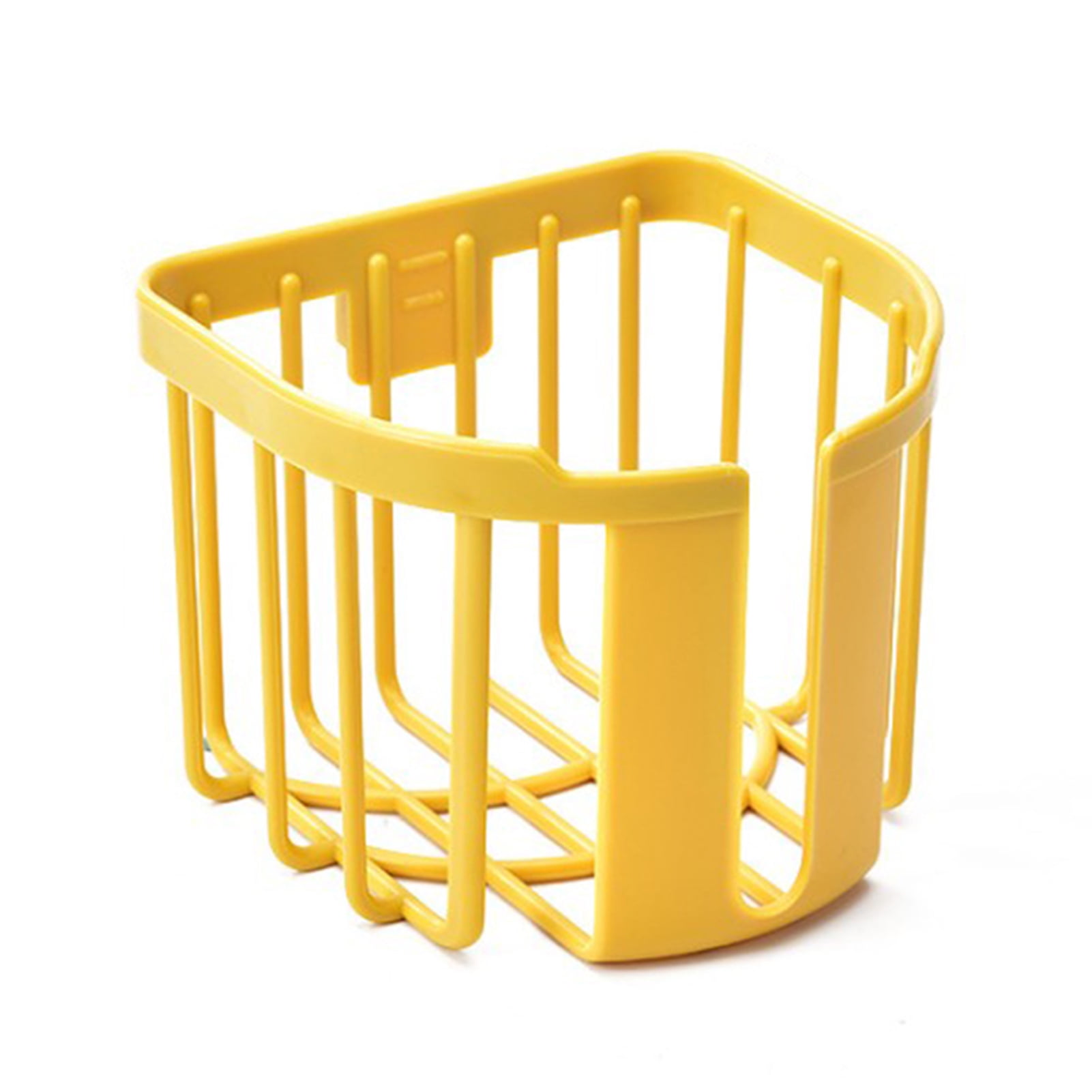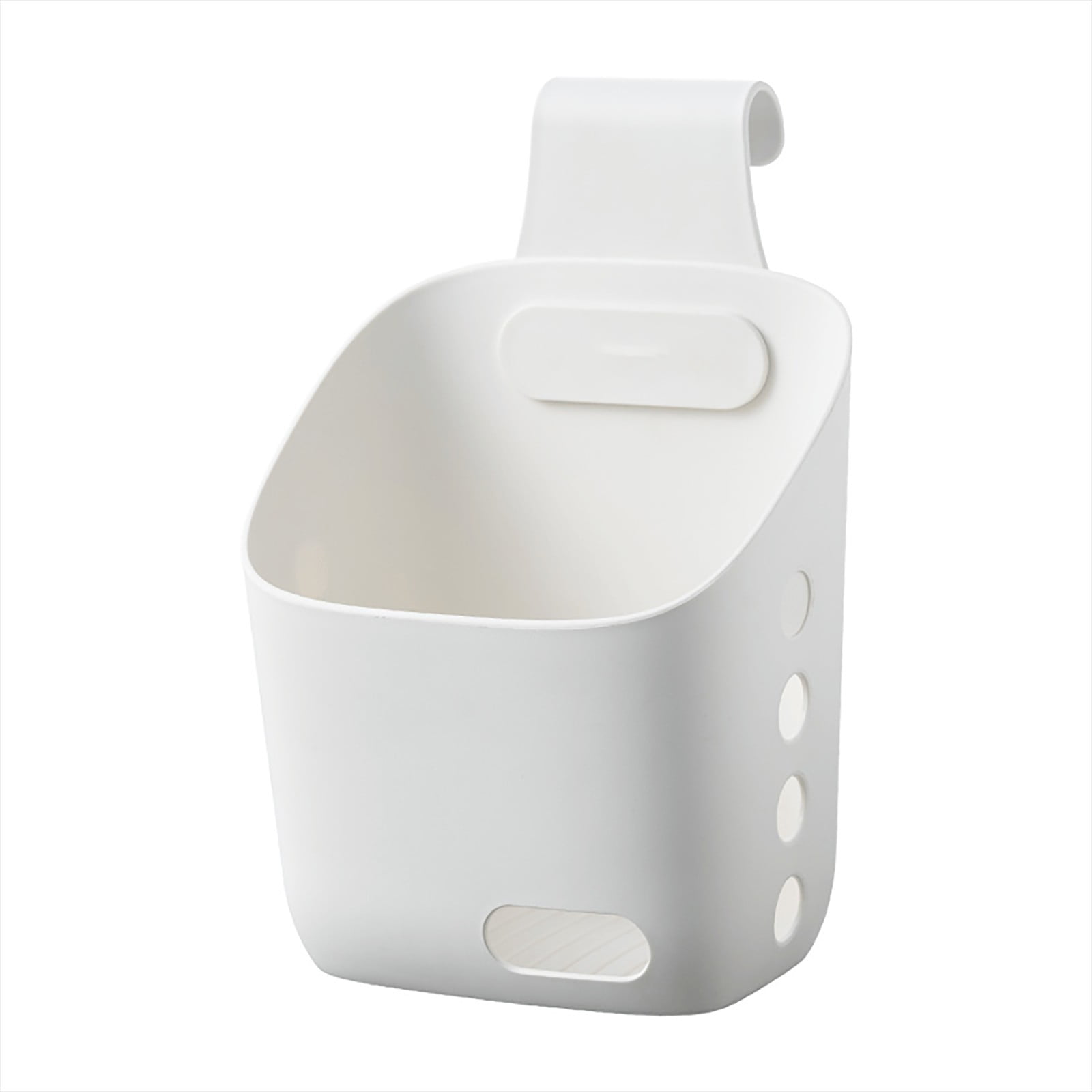Heartwarming Tips About Hanging Basket Drainage Plant Rope

Excess water should be able to freely drain out of the basket.
Hanging basket drainage. Peat moss, or bottom moss, a decaying layer underneath the growing top layer of sphagnum moss, is most often used in horticulture. A lack of drainage can quickly result in a decline in the health of plants in a hanging basket. Line the basket with a fresh coco liner.
Damaging your hanging basket plants through overwatering is unusual because hanging baskets tend to drain rapidly, but it’s easy to waste water and wash. The rattan basket has no drainage holes and is 10 inches wide and five inches tall. With its ropes, it measures 27 inches tall.
Most of the water will drain out the bottom of the basket, so unless you are watering too frequently, it is highly unlikely that the plants will be overwatered. No matter where you plant them, plants require the proper drainage to. Ensure that your hanging basket has proper drainage to prevent waterlogging.
If the drainage hole soil is. The frequency will depend on the time of year, placement, and plants. They’re even available in a range of recycled materials.
The most important thing is to check for drainage. Gerold rattan hanging basket. If water can’t drain away, the soil will become waterlogged and your plants will die.
Some containers, such as wicker ones,. In fact, you can use a basket made of any type of material as long it lets water drain away freely and, if it’s. Since watering hanging baskets requires a little care and attention, we've compiled a list of steps you should take when.
Water new plants until you see runoff. Turn the empty basket upside. Tips on watering hanging baskets.
Select the right basket: Gardeners covet it as a. Choose a basket that has adequate drainage holes to prevent water logging.
One way to determine when to water hanging baskets is the touch test. if soil is dry to the touch 2 inches (5 cm.) into soil, it is probably time to water. Outdoor hanging plant pots usually have bottoms that drain to prevent the pooling of excess water and root rot, but this drainage means you end up using more.


















